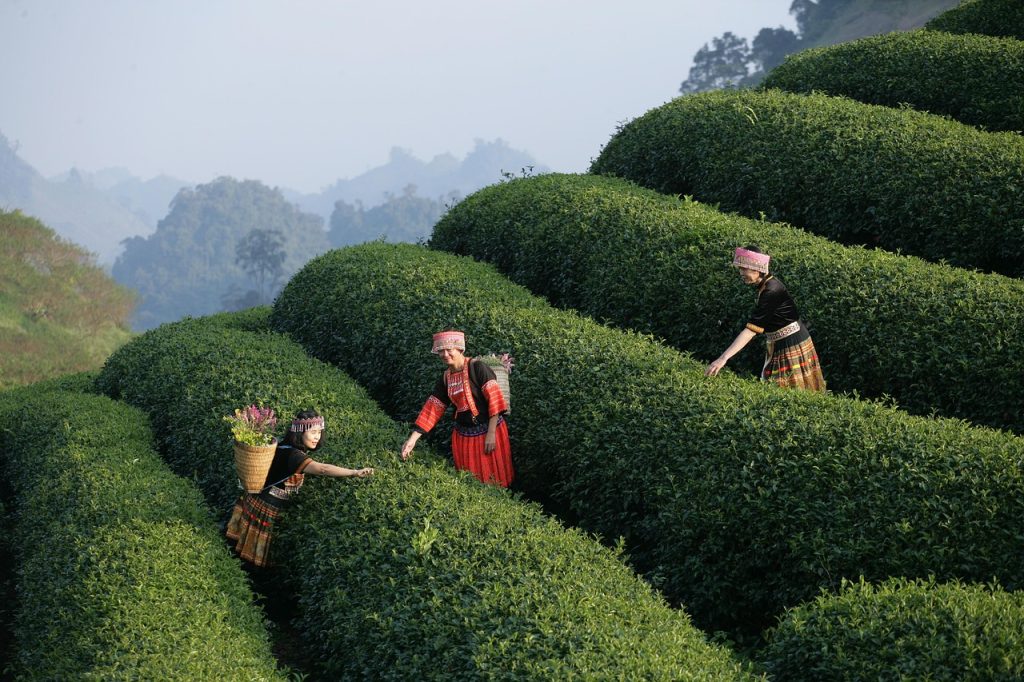The Old Bay steamed Maryland crabs are a quintessential delicacy that evokes nostalgia and tradition. Maryland blue crabs, seasoned to perfection, are more than just a meal; they’re a cultural experience, often shared with friends and family over light beers and laughter. For those unfamiliar, the seasoning adds a punch of flavor that permeates through the hard shell, enhancing the succulent meat inside. This dish isn’t just food; it’s a cherished ritual steeped in regional pride.
Comments from diners reveal a tapestry of personal stories and shared experiences around this classic dish. One recalls idyllic summers in southern Maryland, the reward of a hard day’s work being a bag of freshly steamed crabs and a cold beer. Another commenter is mystified by the technique of seasoning the shell, questioning how the flavors penetrate to the crab meat. This curiosity reflects a broader intrigue surrounding the unique cooking methods that define regional cuisines.
The Chesapeake Bay, home to these delectable crabs, is undergoing significant environmental efforts to preserve its natural splendor. A new cleanup plan aims to stagger goals and tackle ecological challenges, ensuring that the bay continues to produce bountiful harvests of blue crabs. This initiative underscores the importance of sustainable practices in maintaining the delicate balance of our ecosystems, crucial for the continuation of these beloved culinary traditions according to Reddit.
Upcoming events like the Crab Fest and previews at Corky’s Crab Cakes highlight the ongoing celebration of crab culture. These gatherings serve not only as a chance to savor delicious crab cakes but also as a way to unite communities in appreciation of local fare. They exemplify how food festivals can strengthen communal bonds and promote a shared heritage, while offering a platform for local businesses to showcase their culinary prowess.
As we indulge in the familiar taste of Maryland crabs or dream about the tantalizing frog legs from Florida, we must ask ourselves: How can we ensure that these regional delicacies thrive for future generations? By supporting sustainable practices and community-driven initiatives, we can savor these beloved flavors and create more cherished memories around the dining table. What role will you play in preserving these culinary traditions?


